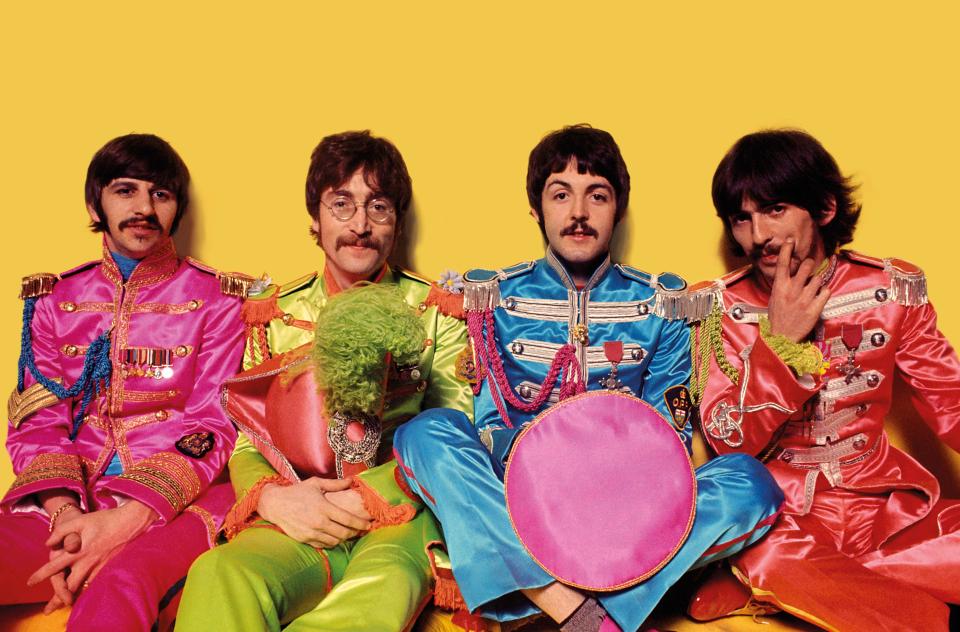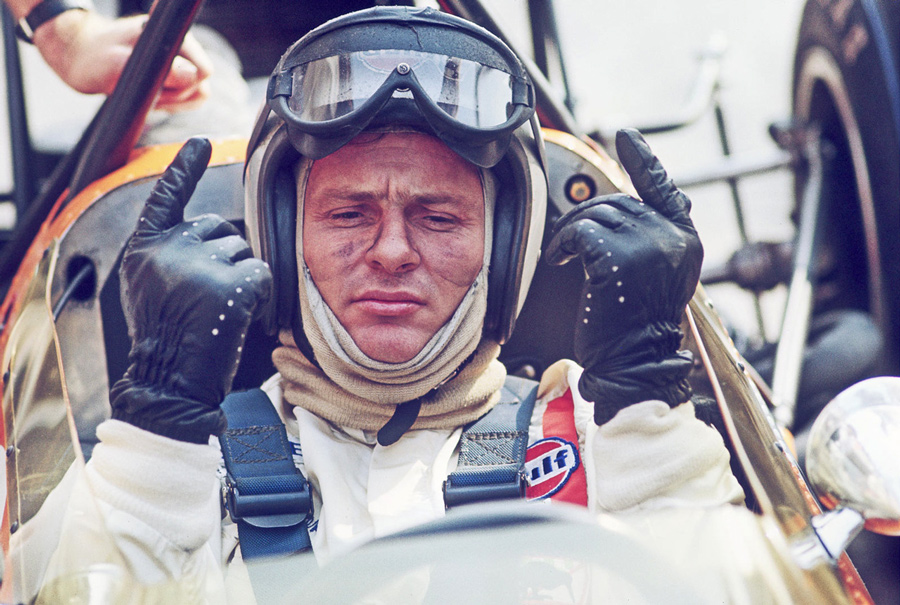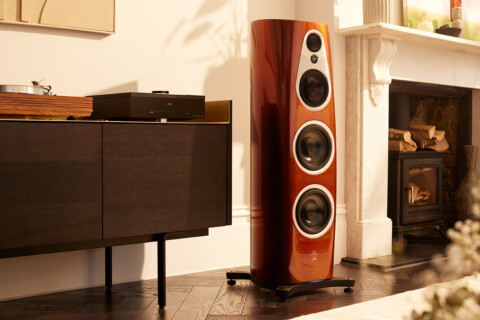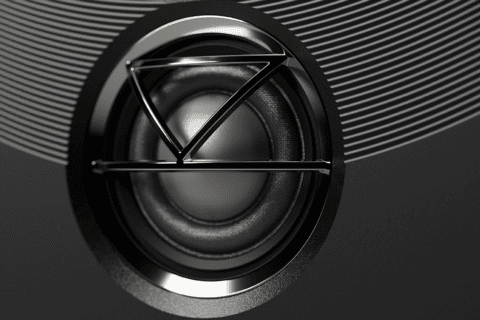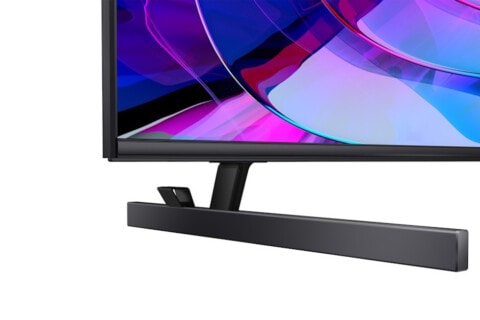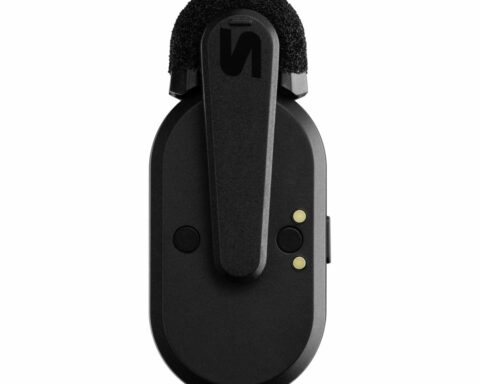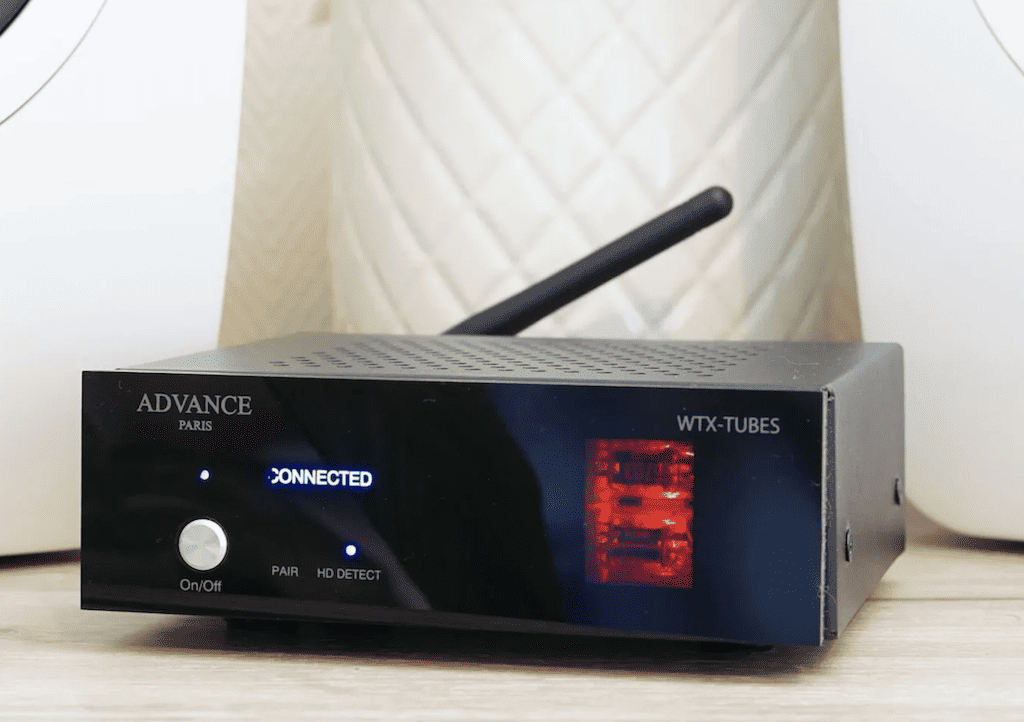-
- 9/109/10
Summary
It looks lovely, and its sounds brought tears to the eyes of hardened old misanthropist GARY STEEL.
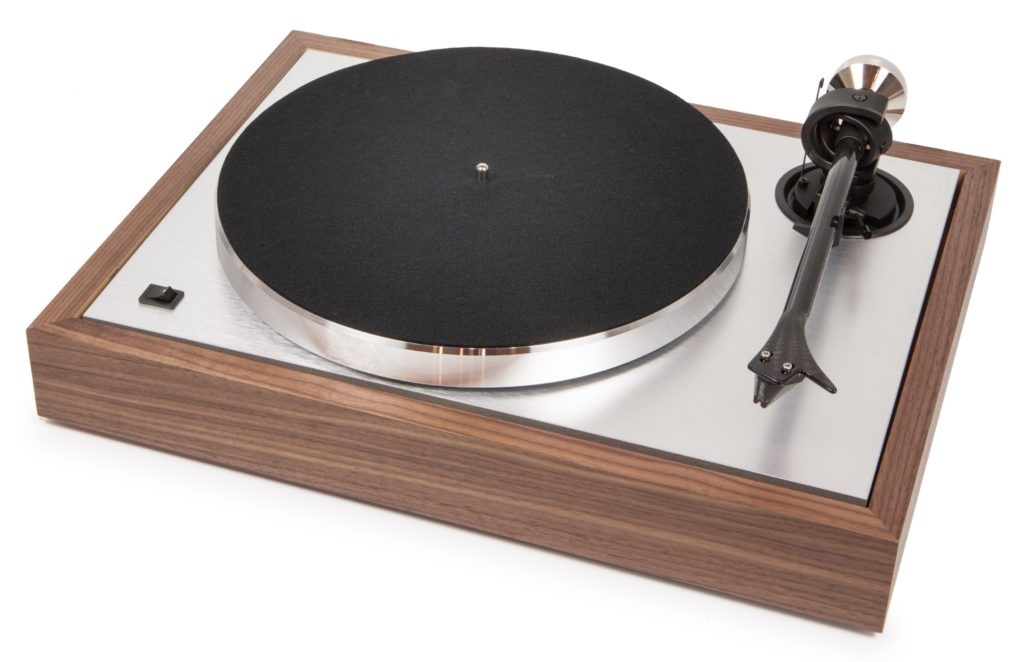 Vinyl or digital? The debate rages on. This reviewer admits to having defended the digital position several times on Witchdoctor and its late, lamented forum. It’s well known in the audiophile community that turntables and vinyl are still held aloft as audibly superior to CDs and other digital formats, despite the math somewhat disputing that contention, and despite the exciting hi-def digital future that’s just around the bend.
Vinyl or digital? The debate rages on. This reviewer admits to having defended the digital position several times on Witchdoctor and its late, lamented forum. It’s well known in the audiophile community that turntables and vinyl are still held aloft as audibly superior to CDs and other digital formats, despite the math somewhat disputing that contention, and despite the exciting hi-def digital future that’s just around the bend.
Last month, guitarist and antique audio specialist Storehouse (otherwise known as Tom Rodwell), replied to a social media post about vinyl’s limited dynamic range: “Having just come back from a DJ set playing a combination of digital & vinyl sources (and of course some things originally on tape then dumped onto digital) it is demonstrably untrue to say that ‘vinyl physically can’t reproduce the dynamics in your music’. It’s actually the inverse. Vinyl more accurately reproduces dynamics – PA speakers throb far more readily and with greater complexity to vinyl than digital sources. Similar-era Mighty Sparrow calypso songs for instance (both tracked to tape) are wildly different: booty only shakes when the music comes off vinyl.”
It’s hard to dispute such contentions without having witnessed them, but from the safety of my man-cave/audio room, sometimes I wonder if it can get any better than CD, SA-CD or HD audio, so astounded am I by the sonic palette on a good recording.
But to some degree, we’re talking about analytical listening versus the way your body as a whole reacts to what it hears, and perhaps Mr Storehouse has a point. (By the way, the Storehouse CDs and vinyl are well worth hearing, though you might find it difficult to find something to play his wax cylinder on. I jest you not!).
And let’s not forget that most complex and perplexing thing: our emotions. This is of course all a roundabout way of admitting that ProJect’s premium Classic Turntable made me cry. Just a little bit, mind you. I don’t know if anyone reading this experienced the same phenomenon, but I’ve often felt a veil of tears building up behind my eyelids when listening to an analogue source, and in particular, a valve amp.
Which brings me to the description of the componentry involved in this review. My trusty Perreaux Audiant 80i provided the power, while 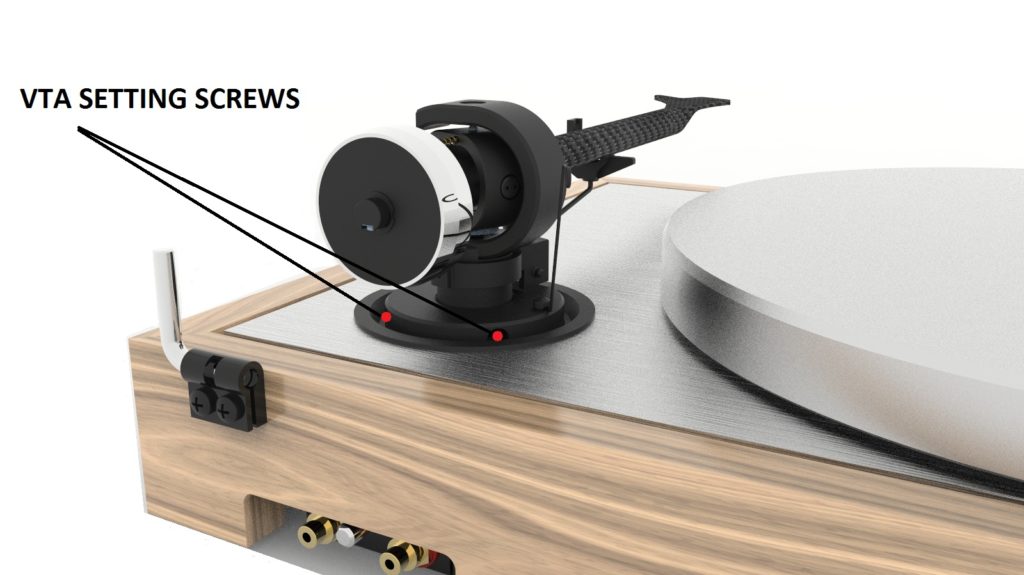 GoldenEar’s Triton One speakers carried the message to my ears. For digital comparisons to the ProJect, I used my lovely Yamaha S2000 SA-CD player and Cambridge Audio CXN streamer. My friends at Interdyn hooked the ProJect Classic Turntable up to an Ortofon Quintet Bronze MC Cartridge ($1249) and a ProJect Tube Box DS2 (available any moment, but price to be confirmed).
GoldenEar’s Triton One speakers carried the message to my ears. For digital comparisons to the ProJect, I used my lovely Yamaha S2000 SA-CD player and Cambridge Audio CXN streamer. My friends at Interdyn hooked the ProJect Classic Turntable up to an Ortofon Quintet Bronze MC Cartridge ($1249) and a ProJect Tube Box DS2 (available any moment, but price to be confirmed).
The ProJect Classic Turntable was launched to celebrate the company’s 25th anniversary, and as the blurb says, they acquired ‘inspiration from some of the top turntables of the ‘50s, ‘60s and ‘70s.’ So straight away, if you like that walnut finish retro look, the Classic is a fine looking piece of gear.
Other unique facets of the Classic include the tonearm made especially for this model, and the two-plinth design, which ProJect says claims to isolate the sub-chassis, thereby reducing interference from different parts of the deck. The precision-balanced aluminium platter is also something to look at, a chunky and beautifully smooth circumference to enjoy watching spin from the sweet spot. So unlike those retro models, inside the walnut casing, the Classic is in fact all new technology.
I’m told that the tonearm is one of the things that really makes the Classic special, although the language used to describe it is perhaps best left to the people versed in domestic engineering. So, then: “The classic tonearm is a new design incorporating Zircon pin-point cardan bearings (top and side) and a Japanese ball bearing at the base, with a vertical cable outlet to allow unhindered arm movement. The tube is a sandwich composite of carbon fibre (for increased speed and reduced mass) and aluminium (for its better damping), with a fixed headshell and fully adjustable azimuth and VTA.” I hope that enlightened you.
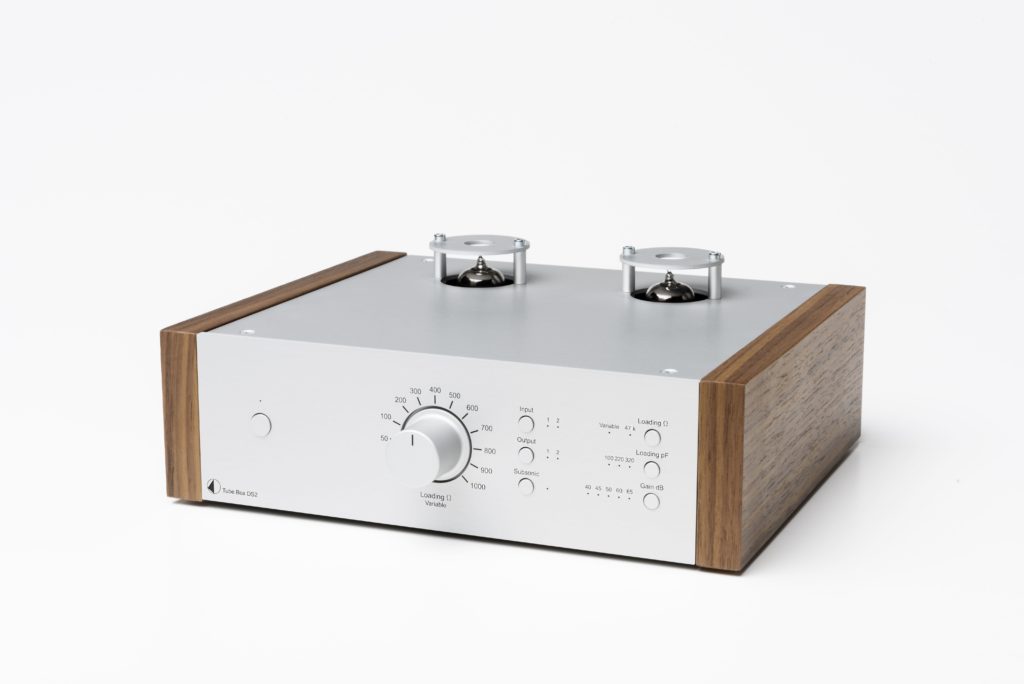 And then there’s ProJect’s new Tube Box DS2, a rather fetching small box (albeit much larger than my diminutive Phono Box II USB) with two small valves glowing on top. Like all ProJect’s phono boxes, it’s something that becomes invisible very quickly: easily taken for granted but missed when you have to substitute for a built-in phono slot on an amp.
And then there’s ProJect’s new Tube Box DS2, a rather fetching small box (albeit much larger than my diminutive Phono Box II USB) with two small valves glowing on top. Like all ProJect’s phono boxes, it’s something that becomes invisible very quickly: easily taken for granted but missed when you have to substitute for a built-in phono slot on an amp.
Let’s skip the set-up (which we will come back to briefly later on) and go straight for the jugular: the music listening session. The first thing I did was plonk on Random Hold’s amazing double album Avalanche, from 1981. I’m sure this is on CD, but I’ve only got the original vinyl, and have always loved the sheer weight, dynamics and crispness of this recording. [For those who don’t know, Random Hold were a short-lived but brilliant group that bridged post punk with the kind of edgy art-rock that Peter Gabriel was making way back then.] I hadn’t heard this record for years, and it still impresses, and all the more so on the ProJect. Straight away, I’m amazed at how the drums sound like a real person bashing away in the room, and there’s an octopus-like sense of rhythm/timing that would likely be missing from CD. It positively bursts from the speakers and has me instantly enthralled in a way that I haven’t been for months.
Likewise the 1980 album by The Associates, The Affectionate Punch, which combined new wave energy with Billy Mackenzie’s amazing caterwauling Bowie-on-steroids voice. Even though I’m stuck with the NZ pressing of this album, compared to my remastered CD, the sheer dynamism is instantly exciting. While the upper frequencies are a little crunched together (NZ pressing and all), the sense of real crunch and power is inherent, whereas on the CD it all sounds nice, but lacks that x-factor.
https://www.youtube.com/watch?v=z8TCQr8TRFc
Back to the 1970s now with the legendary Burning Spear’s Garvey’s Ghost dub album, which is punchy and larger than life and so warm and enticing that I can’t resist turning the volume knob higher, higher, higher… something else I haven’t been much tempted to do lately.
Back in time further to Tim Buckley’s ‘Sweet Surrender’ (one of my all-time favourite songs) from his astonishing 1972 funk-rock album Greetings From LA, one of my all-time favourites. I’ve always had issues with the way this album was mixed and mastered (it deserves a wider sonic canvas and the remarkable Buckley voice boosted in the mix) and it’s tragically never been remastered for CD. While my original vinyl only sounds marginally better than the CD, at least you hear more of those punchy mids, as well as more natural and alive.
The 1979 12-inch of Chic’s ‘Good Times’ and ‘Dance Dance Dance’ again comes alive on turntable. I’ve always hated records that try to get me wiggling my fat ass, but the groove factor here is beyond peer, and although a remix would undoubtedly create more clarity and smoothness than is apparent on vinyl, those grooves are captured with such aplomb by the ProJect Classic.
https://www.youtube.com/watch?v=4WB42LA-oOo
Because it’s celebrating its 50th anniversary, I hauled out my lovely Japanese pressing of Pink Floyd’s first album, 1967’s Piper At The Gates Of Dawn. Famously recorded just down the hallway in Studio 2 at Abbey Road at the same time as the Beatles’ Sgt Pepper, to my ears it’s always sounded rather raw and sibilant. Until I heard it on the ProJect Classic, that is. It simply sounds amazing, with all the layers really opening up. Even though this is the stereo version (the back-to-mono crowd prefer the more ‘authentic’ mono version) to me it sounds spectacular, and I’ve never heard it before sounding so ‘big’, with every note of the bass apparent and all the surging psychedelia larger than life and in your face.
An equally amazing album that straddles psychedelia and jazz-rock fusion is John McLaughlin’s Devotion (1970). Made just after his experience in Miles Davis’s band, and apparently initially including Jimi Hendrix as a band-mate (his sidemen were with Hendrix at the time) there’s nothing else quite like it, and it doesn’t even sound much like any of McLaughlin’s later work with Mahavishnu Orchestra. But once again, this extraordinary record tends to sound like shit on good hi-fi systems. I own three CD iterations as well as the original vinyl, and the CDs (even the supposedly ‘remastered’ one) all sound inferior to the vinyl. In fact, on the ProJect Classic, this album is a revelation. It’s the sheer dynamics that makes the difference. While the CDs emphasise the shrieking top end so you can never turn it up as loud as you want to, vinyl emphasises the drums and bass so that these jamming grooves can be balanced nicely with the sonically challenging (at times) organ and guitar. I can’t stress how much hearing this on a really top turntable brought the album alive for me.
Finally, Frank Zappa’s seldom mentioned 1983 album The Man From Utopia. This was one of the first albums to banner the fact that it was recorded digitally, but in fact it sounds fabulous on vinyl. It’s certainly got a crispness that some might associate with digital, but listened to through a great turntable, it’s really satisfying, sonically deep, and the instrumental and sonic trickery just piles up until the listener is saturated with its brilliance. The bass and drums work-out ‘Tink Walks Amok’ is a great example of instrumental dexterity, the textural possibilities of just drums and bass, and the way a turntable can make even a cymbal ‘splash’ sound compelling.
I forgot to take notes on the rest of the records I auditioned on the ProJect Classic, but you get the drift: from ancient to modern, from roiling psychedelic grooves to proggy virtuosity, from soul-funk to classic disco, it all sounded great: palpable, present, dynamic.
Now, back to tears welling up. I don’t really know whether it was the ProJect Classic, the Ortofon cartridge or the very spiffy Valve Box that made this such an emotionally arresting journey, or a combination of the three. It could be just one of those situations where everything worked synergistically. And yes, I could have swapped out the valve phono box for one of the cheaper models to see how that impacted on the sound of the turntable, but hey, I’m a listener, not a meddler.
The crying thing is something I’ve experienced over and over again with valve amps and it’s something that I can never quite put my finger on. It’s an immediate emotional response that will probably forever remain a mystery, but I’m presuming that the emotional connection here is from the Tube Box DS, while the incredible dynamism is probably a combined result of the turntable, its tonearm and the cartridge. Whatever the reason, if I had the disposable income right now I’d be tempted to purchase these exact components so I could replicate this most enjoyable experience from now until whenever the dying of the light comes.
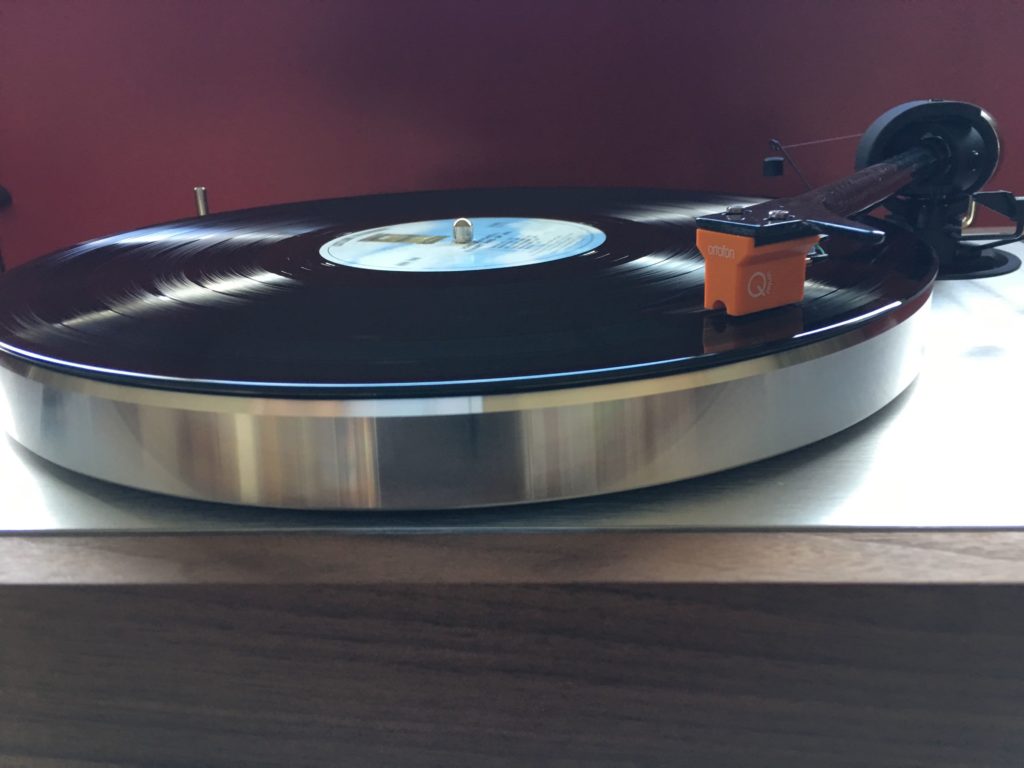 There’s only really one downside to the ProJect Classic, and that’s the set-up. I think that the Austrian company expects every purchaser to be a technically efficient mindreader, because the instructions are woefully inadequate. Their manuals feature such minimal instructions in such minute type sizes that I had to use a magnifying glass to read them (and I don’t even wear glasses when reading).
There’s only really one downside to the ProJect Classic, and that’s the set-up. I think that the Austrian company expects every purchaser to be a technically efficient mindreader, because the instructions are woefully inadequate. Their manuals feature such minimal instructions in such minute type sizes that I had to use a magnifying glass to read them (and I don’t even wear glasses when reading).
For instance, the booklet tells you what steps to go through to set up the tone arm, but neglects to mention that the feet need screwing on, and doesn’t tell you which feet go on the front or the back (they’re different heights). In fact, it doesn’t mention the feet at all. Similarly, a newbie would find the instructions regarding cartridge downforce adjustment and anti-skating force adjustment MIND-BOGGLING. It mentions that the counterweight is number eight, indicating that there’s an illustration to be found, but I couldn’t find any. It’s identifying all the tiny bits and pieces involved in these operations that’s difficult, making sure they’re not lost in the process, and figuring out exactly what to do with them.
Thank goodness for my friendly dealer, who not only installed the cartridge, but recommended I unpack the turntable from the bottom of the box. Although it seems weird, it makes perfect sense. The problem with the instructions is that they’re so minimalist that it’s really hard to figure out what to do, unless you already know. A clear step-by-step guide should be mandatory.
Although these annoying setup glitches slightly dampened what could have been a fun experience, at least they’re once-only procedures, and day-to-day operation of the ProJect Classic is a breeze.
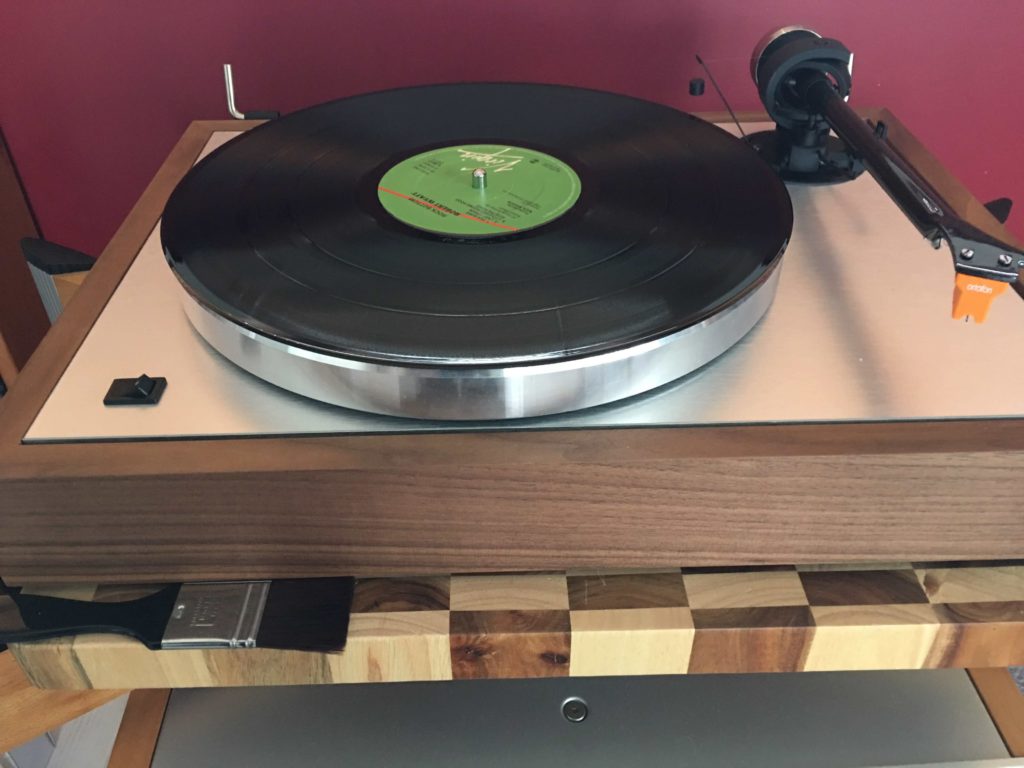 The ProJect Classic Turntable has proved a point I’ve often made: that the back-to-vinyl movement is based on nothing in particular for someone listening to an entry-level deck. If willing to pay the price however – that is, around $2K for a turntable, and at least $1K for a decent cartridge – the sonic return will likely astound you. It did me.
The ProJect Classic Turntable has proved a point I’ve often made: that the back-to-vinyl movement is based on nothing in particular for someone listening to an entry-level deck. If willing to pay the price however – that is, around $2K for a turntable, and at least $1K for a decent cartridge – the sonic return will likely astound you. It did me.
ProJect The Classic – $1799.00 (without cartridge)
ProJect Tube Box DS – $TBA
Ortofon Quintet Bronze MC Cartridge – $1249.00




